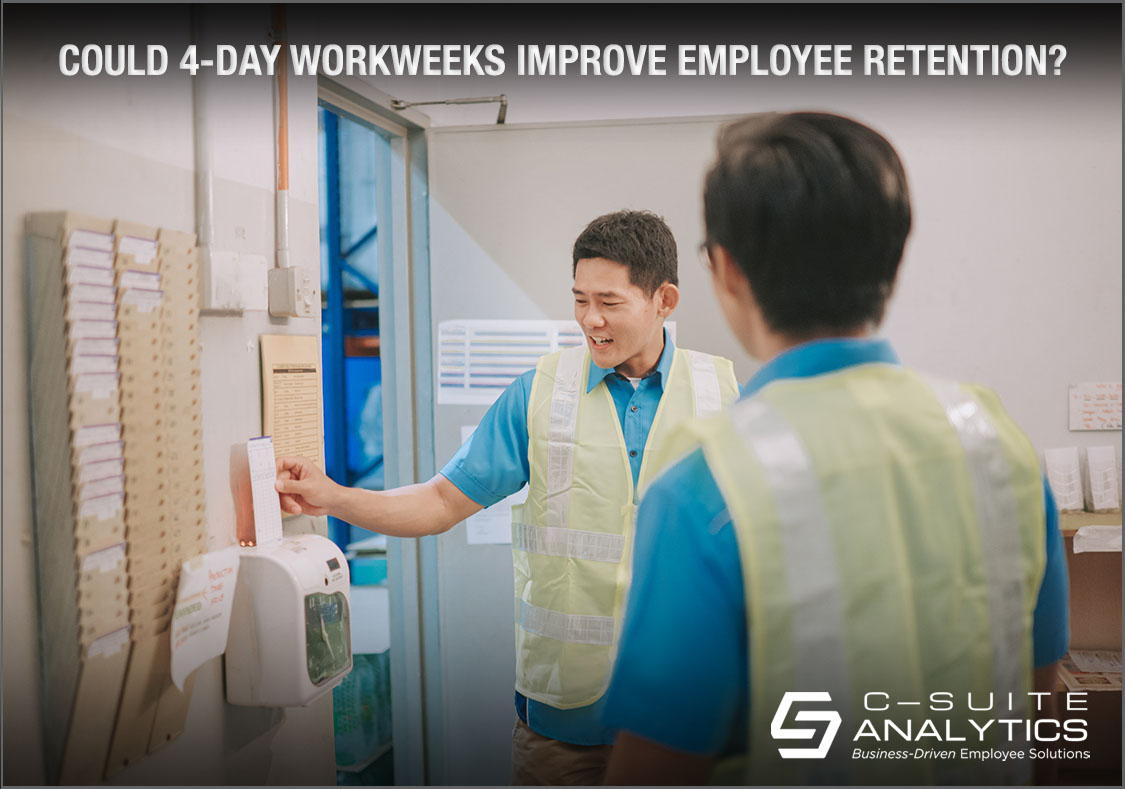According to the National Education Association, a full 600,000 teachers have already left teaching since January 2020, and a recent NEA poll indicated 55% more will quit prematurely. So, teachers are fast becoming a very talented recruiting pool.
Want to Know the Massive Missing Piece Regarding Supervisory Training?

Choose any one of the hot current supervisory training programs, say Emotional Intelligence or Situational Leadership or Constructive Confrontations, and you’ll find they all hit the wall in practice due to a very easy-to-grasp reason. An example helps explain.
Let’s say you are teaching your child to swim. You both jump into the pool and then you demonstrate skills, first with arms, then hands, then legs, then feet…or however you would teach swimming. Which would be the best next step?
- Ask your child to do same behaviors in the water right then so she learns them and gains confidence to use them? Or…
- Ask your child to leave the pool and remember to use those skills the next time she jumps into the pool?
This sounds silly I know, but it represents how most supervisory training is designed. And the reason is because we ask the attending supervisors to be reactive vs proactive, that “the next time this circumstance happens, do this”.
Need proof? Here’s a quote from Harvard Business Review:[i]
Corporations are victims of the great training robbery. American companies spend enormous amounts of money on employee training and education—$160 billion in the United States and close to $356 billion globally in 2015 alone—but they are not getting a good return on their investment. For the most part, the learning doesn’t lead to better organizational performance, because people soon revert to their old ways of doing things.
Say Janice attends Situational Leadership training and learns there are four leadership behavioral styles which are telling, selling, participating, and delegating. Janice also learns she should apply one of these four leadership styles based on the maturity level of the group she is leading, and again there are four categories to choose from which are very capable, capable but unwilling, unable but confident, and unable and insecure.
If I were Janice, I would be intrigued by this excellent theory and I would give the training course high marks on my out-the-door evaluation. Six months later, though, the course’s value must be measured by how much I remembered and applied those skills when a situation occurred which could be weeks or months after I attended the training. Or to use another example, newly-learned Constructive Confrontation skills are only helpful if you recall to use them when your blood pressure is shooting up in the midst of a high-pressure disagreement with a boss, colleague, or subordinate.
The simple, positive example I always think of is training supervisors to conduct performance reviews. Usually they sit in a classroom, or virtual classroom, and learn and practice the skills…and then immediately apply those skills by conducting performance reviews with their teams. They don’t have to wait for a situation to present itself.
All of this connects back to how we consistently cut turnover 30% and more and improve engagement, too. At least half the companies we encounter have learned the power of Stay Interviews but I’m not sure how many understand Stay Interviews’ true power. Most see Stay Interviews as an alternative to employee surveys…or exit surveys…and they are right in that the data supervisors receive one-on-one from their employees is much more useful than any anonymous date gathered from any employee survey…or worse, from leaving employees who often disguise their real leave reasons and few people act on what they say anyhow.
Stay Interviews have been proven to bring many forms of power. For today’s discussion, though, one level of power is supervisors leave training and immediately apply the skills. Rather than wait and react to a situation, these supervisors immediately dive into the deep end of the pool. We suggest they conduct their first Stay Interview with a subordinate where there is comfort, to start with an easy one to get one under their belts. But then schedule individual meetings with each employee and ask five questions, listen to their answers, probe to learn more, and take notes. Use the skills you learned in training, starting tomorrow.
We have all learned the #1 reason employees stay and engage is how much they trust their firstline supervisors. Stay Interviews, then, are the ultimate glue-builder. And just one slice of the power of Stay Interviews is supervisors leave training and do them…and immediately gain confidence in themselves and appreciation for that power.
Please email your comments to me at DFinnegan@C-SuiteAnalytics.com. You are also welcome to forward this blog to anyone you believe would find it helpful.
[i] https://hbr.org/2016/10/why-leadership-training-fails-and-what-to-do-about-it



